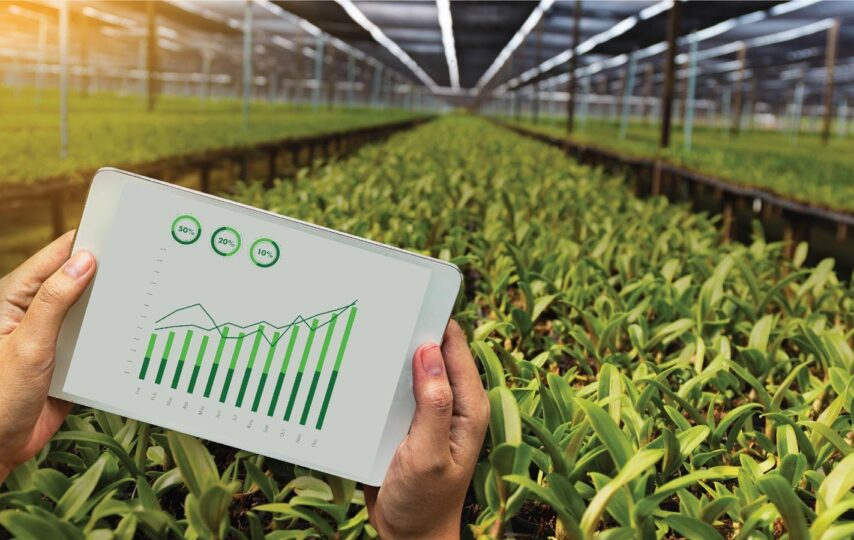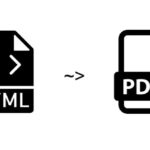Agriculture is being transformed by digital technology and analytics, making farm field operations more insight-driven and effective. Farm services focused on digital technology are assisting in improving financial results and increasing yield.
However, owing to the high cost of collecting accurate field data, less than 20% of the acreage is handled using digital agriculture technology (e.g., variable-rate spraying).
Digital Agriculture Solutions Today
Agriculture software solutions is a software suite that manages end-to-end business and managerial operations for any agribusiness. It includes modules for various department-based needs like farm management, labour management, agronomy, outgrower management, etc
The use of technologies is one of the main elements that characterize ‘digital’ in agriculture. Agriculture technology, or agri-tech, is a broad term that refers to the use of new technologies combined with the internet to restructure agriculture around the world. Being digital has allowed large and medium businesses to unearth and analyze massive amounts of big agricultural data, allowing different customers to add more value to the processes they manage.
- Producers can collect critical farm data around the clock using farm-level data obtained from various sources, including mobile-based agriculture applications, cameras, drones, farm implements and equipment, robotic robots, and other IoT devices. Combined with satellite and weather-based statistics, this data helps crop producers track crop growth in real-time, evaluate farm plot production, and estimate production for each farm plot with reasonable precision.
- Artificial intelligence can be used to optimize agricultural processes in a variety of ways in precision agriculture. It enables farmers to transform raw Agri data into actionable insights that increase harvest quality and quantity. AI is now allowing the farmers to choose the best crops and crop varieties for their field and use farm automation to save time and money.
- The digitization of the entire process, from production and harvest to warehousing and delivery, improves coordination among the agroecosystem’s various stakeholders. The digitization of the supply chain has also improved accountability for the numerous players, making the operation more visible and effective.
The advantages of digital farming solutions:
The path to improved farm productivity is digital agriculture. Agricultural activities are evolving due to emerging technology such as new technologies, data mining, artificial intelligence, and other digital agriculture solutions. The following are some of the advantages of digital farming:
Communication should be fast.
Agriculture teams benefit greatly from automated workflows. Data must be manually compiled, distributed, and stored by using paper formats. Agriculture data can be quickly obtained in the field and forwarded to the central office and consumers using mobile forms and automation.
Effective monitoring
Technology can allow farmers to assess the general health of their crops better. Tools such as drones can be used to predict soil quality and planning seed planting patterns. Today, animations can show the development of a yield enabling better management. This also helps farmers monitor pest populations and weed activity on their land.
Easily input images and attachments.
Manual forms don’t allow to include attachments that accompany them. On the other hand, when using mobile layouts, you can attach images and sketches straight from your mobile device. They also allow the input of GPS coordinates and maps, which are very handy to identify the user’s exact location. Users can even include digital signature boxes. They also enable users to enter GPS coordinates and charts, determining the user’s actual position. Digital signature boxes can also be used for users.
Your forms will be connected to other applications and databases.
Agriculture data must be manually compiled, delivered, and exchanged with several systems using paper formats. This procedure can cause delays and errors due to human error. You can push and pull data between their forms and other channels by using mobile forms. With type PDFs, attachments can also be quickly uploaded to digital archives. As a result, databases, spreadsheets, and analytics dashboards can be modified in real-time to represent new data.
Decisions based on information
Farmers will be able to measure and consider each decision’s results in ways that have never been possible before. Managers’ decision-making processes and the strategies and practices used to accomplish goals have all evolved as a result of digital technologies. Farmers will benefit from digital agricultural transformation because they will have a more robust crop and new ways to manage it.
Farms are gaining a new generation of applied science experts who can read and analyze data obtained in the area. They’re also using Big Data and sophisticated algorithms to address crop-related issues. Farmers now have more information at their hands from various technology vendors, and they can get real-time information by using an app. It’s beyond time for farmers to start using the technologies at their disposal.








